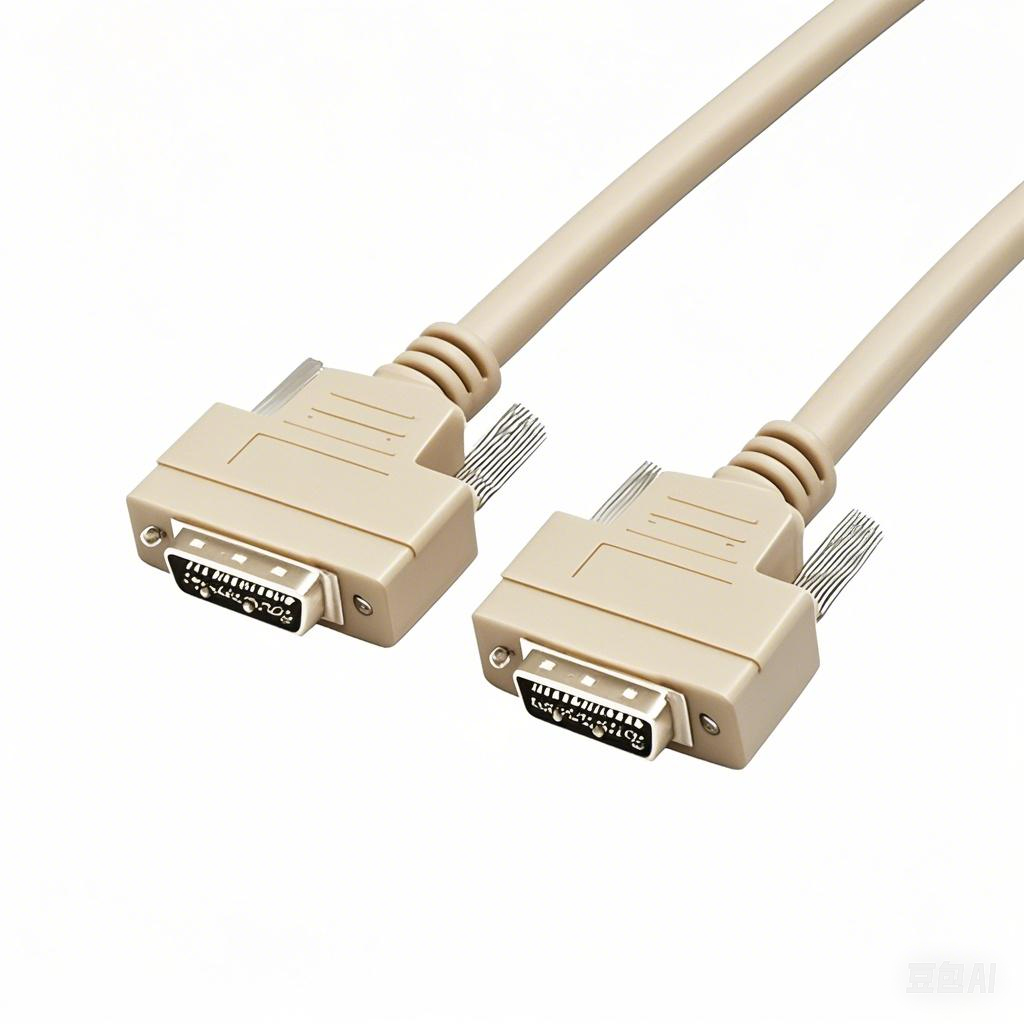Solving Signal Loss with Upgraded Machine Vision Cables
1.Diagnosing the Root Causes of Signal Loss
Before upgrading, identify why signal loss occurs in your system:
Cause Symptoms Common Culprits
EMI/RFI Interference Flickering images, random noise Unshielded cables near motors/VFDs
Impedance Mismatch Signal reflections, ghosting Generic cables (e.g., 50Ω vs. 75Ω)
Cable Attenuation Blurred edges, dropped frames Long cables (>10m) or thin gauges
Connector Degradation Intermittent disconnects Corroded pins, loose locking rings
Mechanical Stress Sudden failure, broken conductors Tight bends, robotic arm fatigue
Diagnostic Tools:
Oscilloscope: Measure jitter and eye diagram closure.
TDR (Time-Domain Reflectometer): Locate impedance mismatches.
EMI Scanner: Identify noise sources along cable routes.
2. Key Upgrades to Combat Signal Loss
A. Shielded Cables for EMI/RFI Suppression
Dual-Layer Shielding: Combine foil (100% coverage) and braid (≥85% coverage) for >90 dB shielding effectiveness.
Ferrite Cores: Install snap-on ferrite beads near connectors to suppress high-frequency noise.
Grounding: Use cables with drain wires connected to chassis ground.
Application: A pharmaceutical plant eliminated EMI-induced false rejects by upgrading to double-shielded CoaXPress cables in a room with 20+ servo motors.
B. Precision-Engineered Impedance Matching
Protocol-Specific Cables:
CoaXPress (CXP): 75Ω coaxial cables.
Camera Link: 100Ω twisted-pair cables.
GigE Vision: Cat 6a/7 STP with 100Ω impedance.
Impedance Testing: Demand cables with ≤5% impedance variation (per IEC 61196).
Result: A semiconductor fab reduced signal reflections by 80% after replacing generic coaxial cables with 75Ω-certified CXP lines.

C. Low-Attenuation Conductors
Thicker Gauges: 22 AWG conductors for runs >15m (vs. standard 24–28 AWG).
High-Purity Materials: Oxygen-free copper (OFC) reduces resistance by 15–20%.
Active Cables: Integrate signal boosters for ultra-long distances (e.g., 100m+ GigE Vision).
Case Study: A solar panel inspection system achieved stable 10 Gbps throughput over 25m by upgrading to 22 AWG OFC cables (attenuation: 0.3 dB/m vs. 0.8 dB/m previously).
D. Ruggedized Connectors
Gold Plating: 0.2–0.5µ gold-plated contacts resist corrosion.
Locking Mechanisms: Screw-lock (M12) or push-pull (MDR) designs prevent disconnections.
IP67/IP69K Ratings: Seal out dust, moisture, and high-pressure sprays.
Example: A food packaging line using IP69K-rated M12 connectors reduced moisture-related failures by 95%.
E. High-Flex Designs for Dynamic Use
Robotic Cables: Polyurethane (PUR) jackets and helical shielding withstand 10+ million flex cycles.
Minimum Bend Radius: As low as 3× cable diameter (e.g., Igus CF29 series).
Torsional Stability: Cables with anti-twist aramid yarns for 360° rotational systems.
ROI: An automotive OEM cut cable replacement costs by 60% after switching to high-flex cables on welding robots.
3. Step-by-Step Upgrade Process
Audit Existing Cables:
Measure attenuation, impedance, and shielding effectiveness.
Map cable routes to identify EMI sources or stress points.
Select Upgraded Specifications:
Prioritize shielding, impedance, and flex life based on your environment.
Test Prototypes:
Validate signal integrity under real-world conditions (e.g., powered machinery).
Phase Implementation:
Replace cables in high-criticality areas first (e.g., high-speed cameras).
Monitor Performance:
Use network analyzers and vision software logs to track improvements.
4. Cost vs. Performance: Breaking the Myth
While upgraded cables cost 20–50% more upfront, they reduce long-term expenses:
Factor Generic Cable Upgraded Cable
Signal Loss Repairs
5
–
5k–20k/year Near-zero
Downtime Costs
10
–
10k–50k/hour Eliminated
Replacement Cycle 6–12 months 3–5 years
TCO Savings: Upgraded cables typically pay for themselves in <12 months.
5. Future-Proofing for Next-Gen Vision Systems
As machine vision evolves, ensure your cables can handle:
8K Resolutions: 48 Gbps+ bandwidth (e.g., CoaXPress 2.0).
Multi-Camera Sync: Precision-timed cables with <1 ns latency variation.
Power-over-Coax (PoC): Integrate power and data in single lines.

